“World War II: Adolf Hitler and Operation Foxley – British Assassination Plot” has been added to your cart. View cart
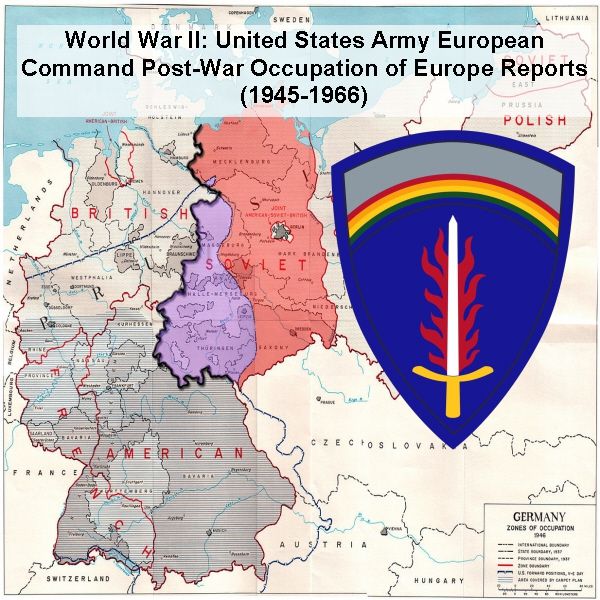
WWII: U.S. Army Europe Occupation Reports (1945–1966)
$19.50
Category: War Files
Tags: world war 2, World War II, WWII
Description
Occupation and Command in Post-War Europe
1945
- V-E Day (May 8, 1945): Marks the defeat of Germany and the end of World War II in Europe. The United States forces are present in Europe.
- Post-V-E Day:The United States Army European Command (later USAREUR) assumes its occupation mission in Germany and Austria.
- The “non-fraternization” policy with Germans is in effect.
- Planning for redeployment of U.S. troops in the European Theater of Operations begins.
- Prior to V-J Day: Redeployment procedures and operations are underway.
- V-J Day: This event significantly impacts redeployment efforts.
- September – December 1945: Clearance of excess troops from Europe occurs.
- September 30, 1945: The “non-fraternization” policy with Germans is abandoned.
- 1945 onwards: The War Department directs the Office of the Chief Historian, European Command, to record and interpret the history of the military occupation of Germany and Austria. This office begins producing comprehensive reports, studies, and narratives covering various aspects of the occupation.
1945-1948
- “The First to Fourth Years of the Occupation – Occupation Forces in Europe Series” (35 volumes): These reports detail the general aspects of the occupation, terms of surrender enforcement, international aspects, personnel and administration (including fraternization, dependent shipments, war brides), intelligence (law, order, security, censorship, public safety), education and troop information programs (including German youth activities, U.S. Constabulary, training), services (supply, transportation, communications, real estate, construction, surplus property, captured enemy material, medical policies), and civil affairs (staff relationships under G-5). Key topics include the maturation of occupation policies and organization, manpower problems, and occupation accomplishments.
1948
- Reorganization of the U.S. Constabulary: A reorganization of this force takes place.
- Reorganization of the 1st Infantry Division: This division undergoes reorganization.
1949
- January 1, 1949: The reorganization of tactical forces, initiated after V-E Day, concludes. This period also sees the development of the U.S. Army, Europe.
1953
- United States Army, Europe (USAREUR) receives a new mission: USAREUR becomes part of the newly activated U.S. European Command (US EUCOM).
- U.S. European Command (US EUCOM) activated: This new command is established, integrating USAREUR with Commander in Chief, Naval Forces Eastern Atlantic and Mediterranean (CIKCNEDi) and Commander in Chief, United States Air Forces in Europe (CINCUSAPE).
1953-1959
- “Annual Historical Reports of the Headquarters US Army Europe (USAREUR) Five Volumes”: These reports cover USAREUR’s activities and operations during this period, following its integration into US EUCOM.
1966
- Conclusion of “World War II: United States Army European Command Post-War Occupation of Europe Reports”: The period covered by these extensive reports, studies, monographs, and narratives, produced by the Office of the Chief of Military History, concludes. When created, these volumes were classified as SECRET.
Cast of Characters
The provided sources primarily detail the actions and policies of organizational entities rather than specific individuals. Therefore, the “cast of characters” is largely composed of these significant groups and commands.
- United States War Department Office of the Chief of Military History: The overarching authority that directed and oversaw the creation of the extensive “World War II: United States Army European Command Post-War Occupation of Europe Reports (1945-1966).” This office was responsible for compiling, studying, and interpreting the history of the occupation.
- Office of the Chief Historian, European Command: The specific agency tasked by the War Department with performing and recording the history of the military occupation of Germany and Austria as events unfolded. They were responsible for thorough study of correspondence, directives, and other documents to produce the detailed volumes.
- United States Army European Command (EUCOM / USAREUR – original designation): The primary U.S. military force in Europe responsible for the post-war occupation of Germany and Austria from 1945. It underwent organizational changes and had a new mission in 1953.
- United States Army, Europe (USAREUR – later designation): The command that received a new mission in 1953, becoming part of the newly activated U.S. European Command. It continued to operate in Europe and produce annual historical reports.
- U.S. European Command (US EUCOM): Activated in 1953, this higher command integrated USAREUR, along with the Commander in Chief, Naval Forces Eastern Atlantic and Mediterranean (CIKCNEDi), and the Commander in Chief, United States Air Forces in Europe (CINCUSAPE).
- The U.S. Constabulary: A specific military unit mentioned as undergoing reorganization in 1948, indicating its role in maintaining law, order, and security during the occupation.
- The 1st Infantry Division: A U.S. Army division mentioned as undergoing reorganization in 1948, indicating its deployment and role within the occupation forces.
- Commander in Chief, Naval Forces Eastern Atlantic and Mediterranean (CIKCNEDi): One of the commands that, along with USAREUR and CINCUSAPE, became part of the newly activated U.S. European Command in 1953.
- Commander in Chief, United States Air Forces in Europe (CINCUSAPE): Another command that integrated into the U.S. European Command in 1953.
- German Youth: Mentioned in the context of “German youth activities” under the education and troop information programs, indicating a focus of the occupation authorities on the younger German population.
- War Brides: A group of individuals mentioned in the context of “shipments of war brides,” reflecting a social aspect of the post-occupation period and the integration of American personnel into European life.
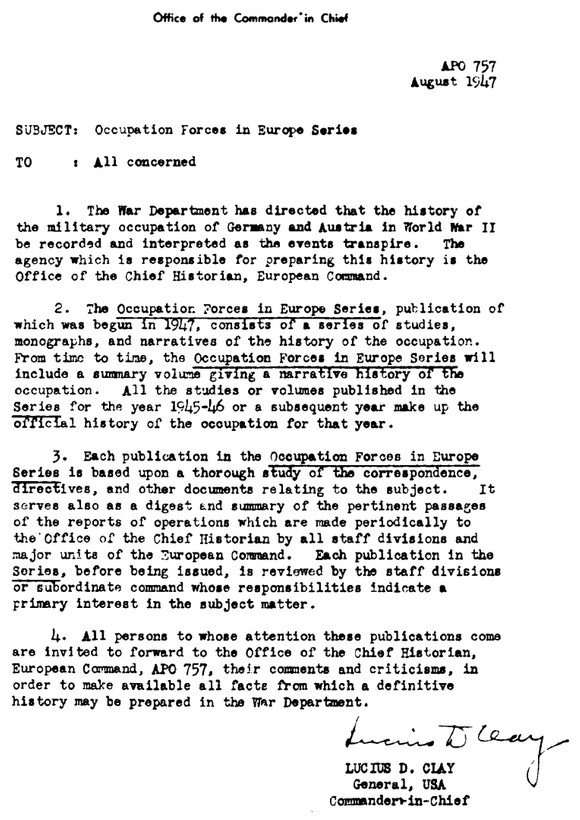


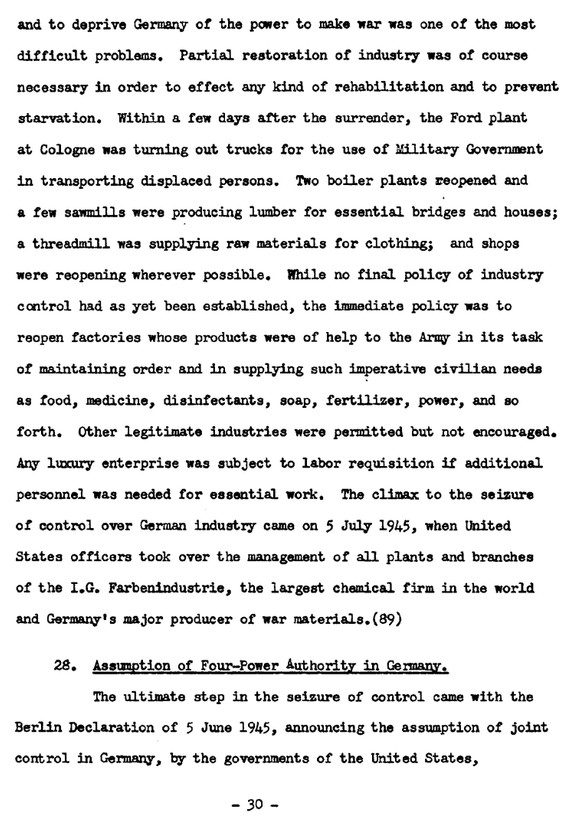

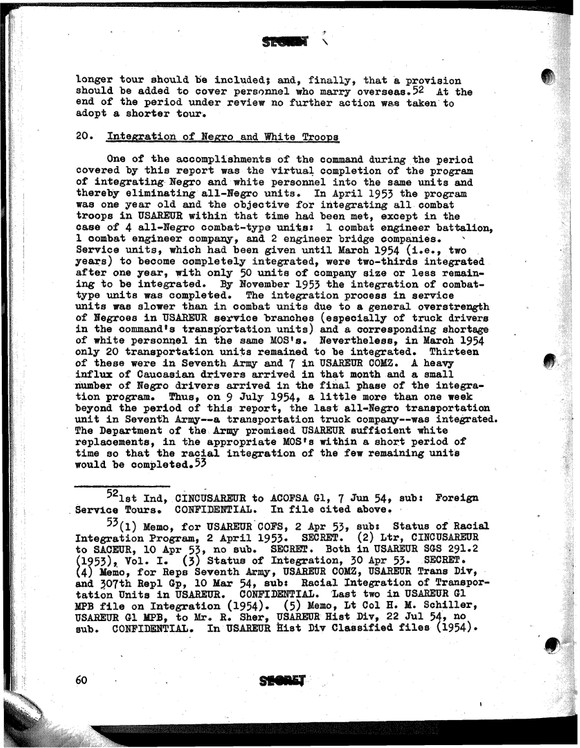

Related products
-
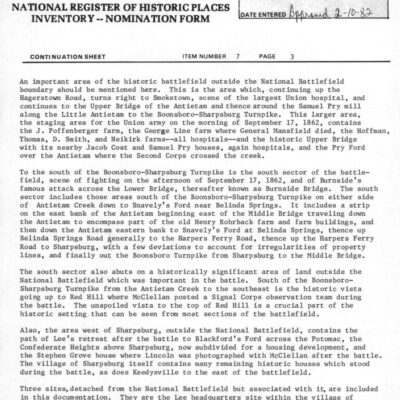

Civil War: Battle of Antietam (Sharpsburg) – National Park Service Archives
$9.99 Add to Cart -
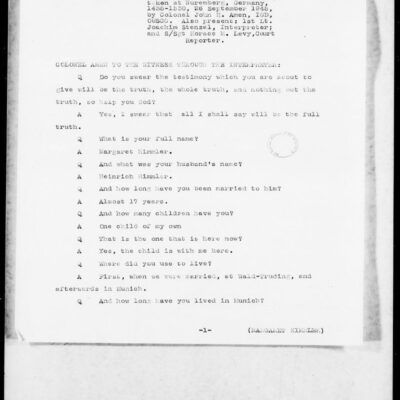
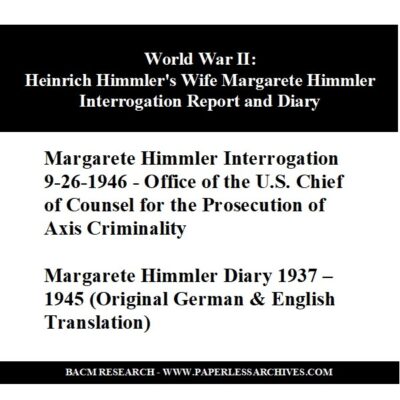
World War II: Interrogation Report and Diary of Margarete Himmler, Wife of Heinrich Himmler
$3.94 Add to Cart -
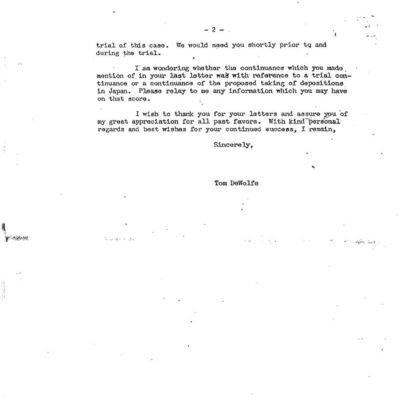
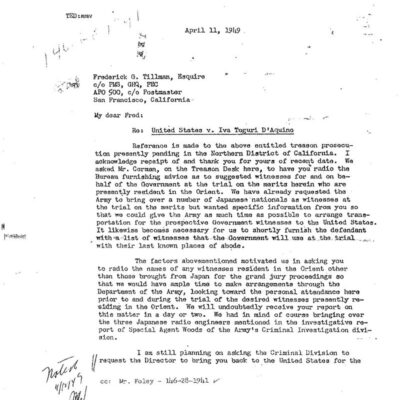
Tokyo Rose: Department of Justice Prosecution Files
$19.50 Add to Cart -
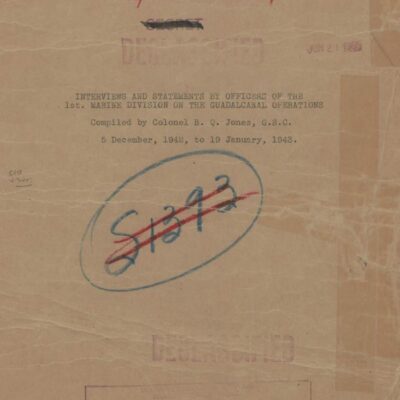
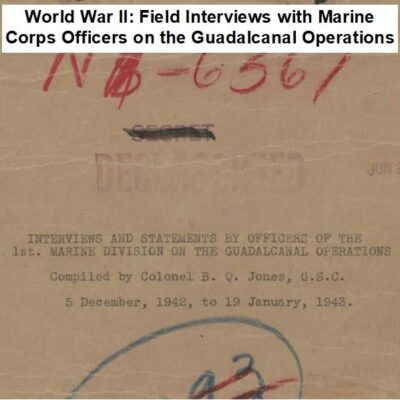
World War II: Marine Corps Officer Interviews on Guadalcanal Operations
$3.94 Add to Cart